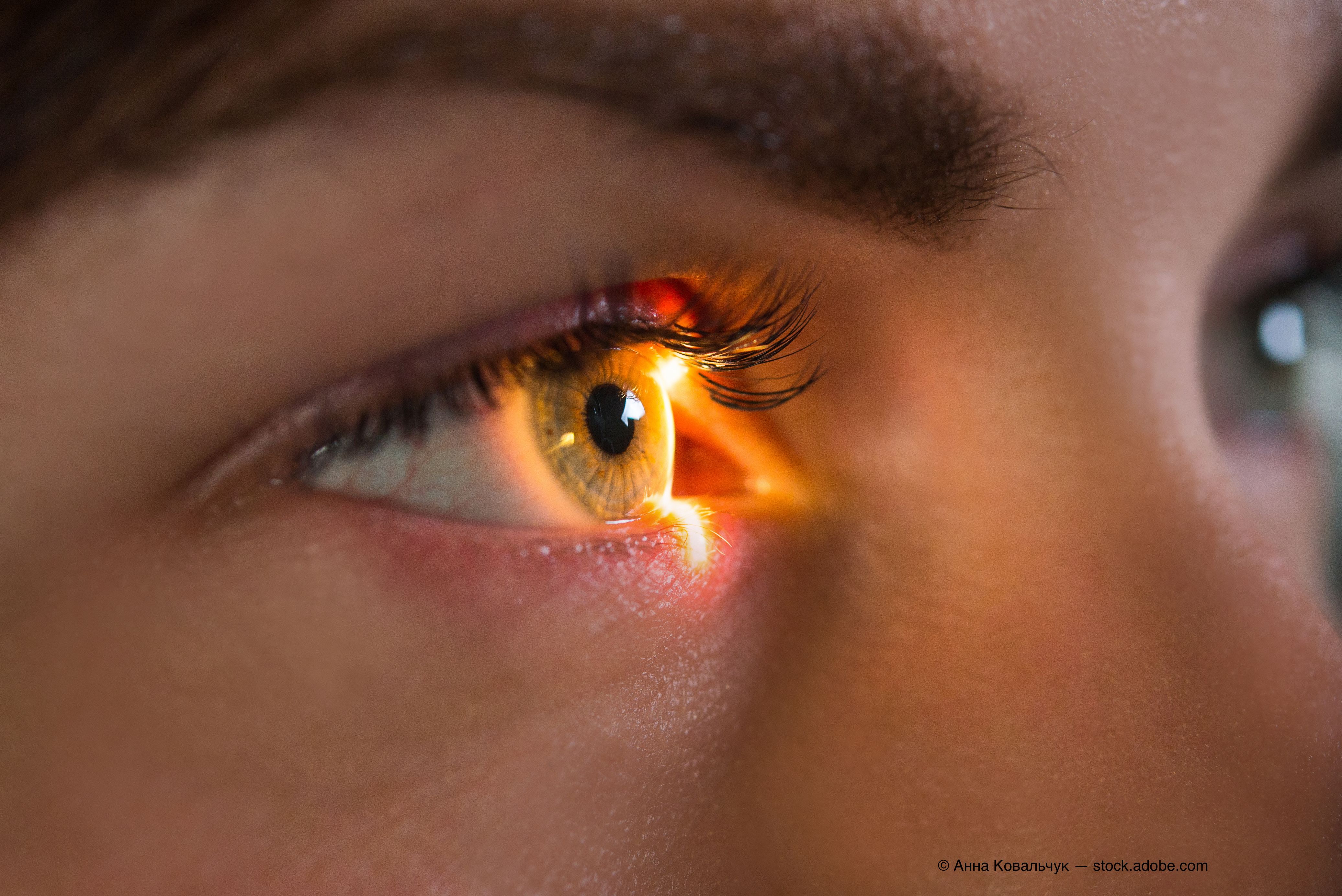Article
Pixium Vision finishes implantations in its European PRIMAvera pivotal trial in atrophic dry AMD
Author(s):
The company confirms target read-out around the end of 2023 and regulatory submission in Europe in H1 2024. The data will also play an important supporting role in U.S. regulatory submission.
The primary efficacy endpoint of the PRIMAvera study is the proportion of subjects with an improvement of visual acuity of logMAR 0.2 or more from baseline after 12 months, and the primary safety endpoint is the number and severity of device and procedure-related serious adverse events at 12 months follow-up.

Pixium Vision SA announced the completion of implantations in all the patients enrolled in the PRIMAvera European pivotal trial in atrophic dry age-related macular degeneration (dry AMD), also known as Geographic Atrophy.
A total of 38 patients have been implanted with the Prima System in the PRIMAvera study (NCT04676854), an open-label, baseline-controlled, randomly assigned, multi-center, prospective, single-arm pivotal trial. The study aims to confirm the safety and clinical benefits provided by the Prima System and is the last clinical step before seeking market approval in Europe.
The study is being conducted in leading clinical centers in France, Germany, the UK, the Netherlands, and Italy. A read-out of the PRIMAvera study's primary endpoints is expected around the end of 2023.
According to Lloyd Diamond, CEO of Pixium, this marks a key milestone in the clinical development of the company’s Prima System.
“I'd like to thank all the physicians and patients involved in the PRIMAvera study as well as the whole Pixium team for their hard work in contributing to this significantachievement. We are now looking ahead to next year's read-out on the primary endpoints,” he said in a statement. “From there we expect to be able to start discussions with the European regulator in preparation for bringing this cutting-edge technology to market for the benefit of those suffering from the loss of their sight due to dry AMD. Along with the US and French feasibility studies, we expect that the data from the PRIMAvera pivotal study will also play an important supporting role in the US regulatory submission.”
Frank Holz, MD, PhD, scientific coordinator of the PRIMAvera study, said the results are a testament to the skill of the surgical teams involved in the study and to the technological integrity of the Prima System that the implantations have proceeded in such an efficient and expeditious manner.
“We also saw better-than-expected recruitment demonstrating a strong interest among patients suffering from late-stage atrophic age-related macular degeneration in the PRIMA implant and the study as a whole,” he said in a statement. “We are looking forward to next year's target read-out and to hopefully having the Prima System available to the many patients affected by dry AMD."
Moreover, José-Alain Sahel, MD, University of Pittsburgh School of Medicine and a co-founder of Pixium Vision, noted that the PRIMAvera pivotal study marks astep forward in the treatment of atrophic dry AMD.
“We have great confidence in the technology as Pixium has already demonstrated how the prosthetic central vision generated by the Prima System can be used simultaneously with patients' remaining peripheral vision, indicating the technology's potential to help improve the lives of those suffering from dry AMD, who currently have no other treatment options,; he said in a statement.
According to the company, the PRIMAvera study design is based on the positive data generated in a French feasibility study, showing the ability of patients with dry AMD to improve visual acuity with the Prima System.
The primary efficacy endpoint of the PRIMAvera study is the proportion of subjects with an improvement of visual acuity of logMAR 0.2 or more from baseline after 12 months, and the primary safety endpoint is the number and severity of device and procedure-related serious adverse events at 12 months follow-up. The study will include three years of follow-up, with an assessment of the primary endpoints at 12 months after implantation.
Newsletter
Don’t miss out—get Ophthalmology Times updates on the latest clinical advancements and expert interviews, straight to your inbox.




